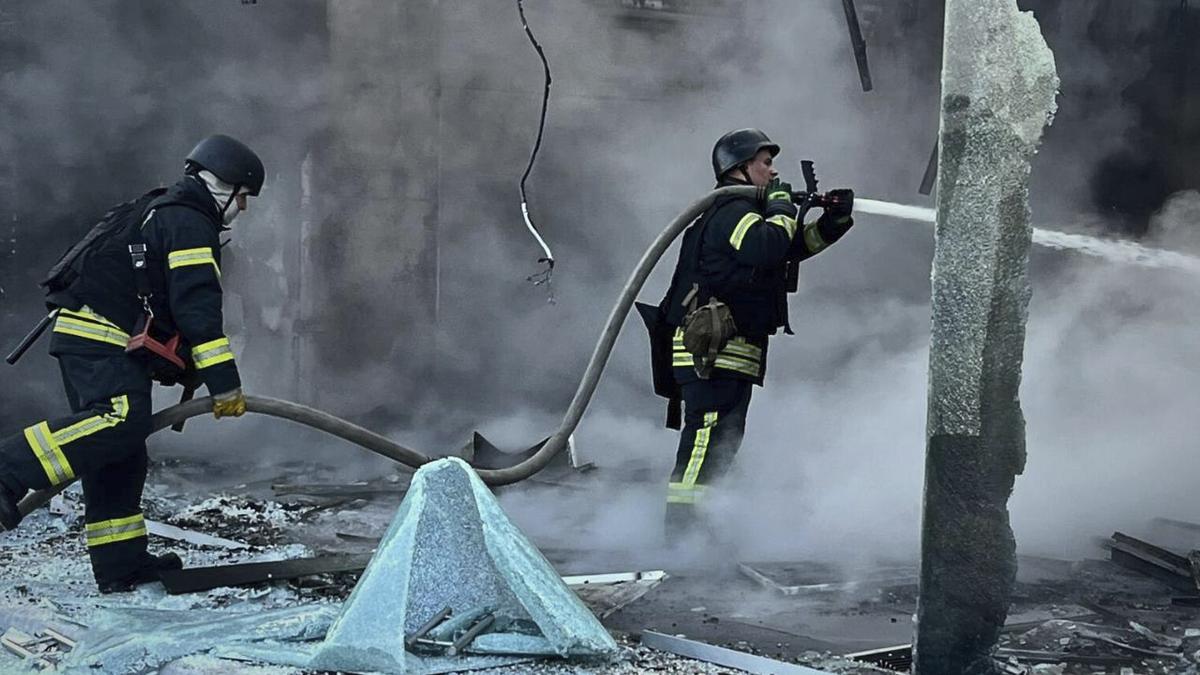Russia Launches Largest Drone Attack on Ukraine Since 2022 Invasion

In a significant escalation of hostilities, Russia conducted its most intense drone assault on Ukraine overnight into Sunday, May 18, 2025. This attack marks a pivotal moment in the ongoing conflict that has persisted since Russia’s full-scale invasion began in 2022.
According to reports from Ukraine’s Air Force, a staggering total of 273 drones, including both explosive drones and decoy units, were deployed during this drone offensive. This represents one of the largest-scale aerial assaults in recent memory and highlights the evolving nature of warfare in the region. Ukrainian defense systems were able to intercept 88 of the drones; however, an additional 128 drones were lost, likely due to effective electronic jamming tactics employed by the Russian forces, which have been a growing concern.
The aftermath of the drone strike was felt acutely in the Kyiv region. Regional Governor Mykola Kalashnyk reported that the attack resulted in the tragic death of one woman, while three others sustained injuries. This violence serves as a grim reminder of the human cost associated with the ongoing conflict and the persistent threat posed to civilians.
This latest wave of aggression came shortly after a significant diplomatic attempt to ease tensions between the two nations. On Friday, May 16, 2025, representatives from Moscow and Kyiv engaged in their first direct talks in years, aiming to negotiate a ceasefire. Unfortunately, these discussions did not produce the desired outcomes, leading to a swift resumption of hostilities. This failure to achieve a diplomatic resolution underscores the complexities and challenges that persist in the peace process.
The international community watches closely as the situation continues to develop. With both sides seemingly entrenched in their positions, the prospects for peace appear increasingly distant. As the conflict enters its third year, the implications for regional stability and security remain profound.

























